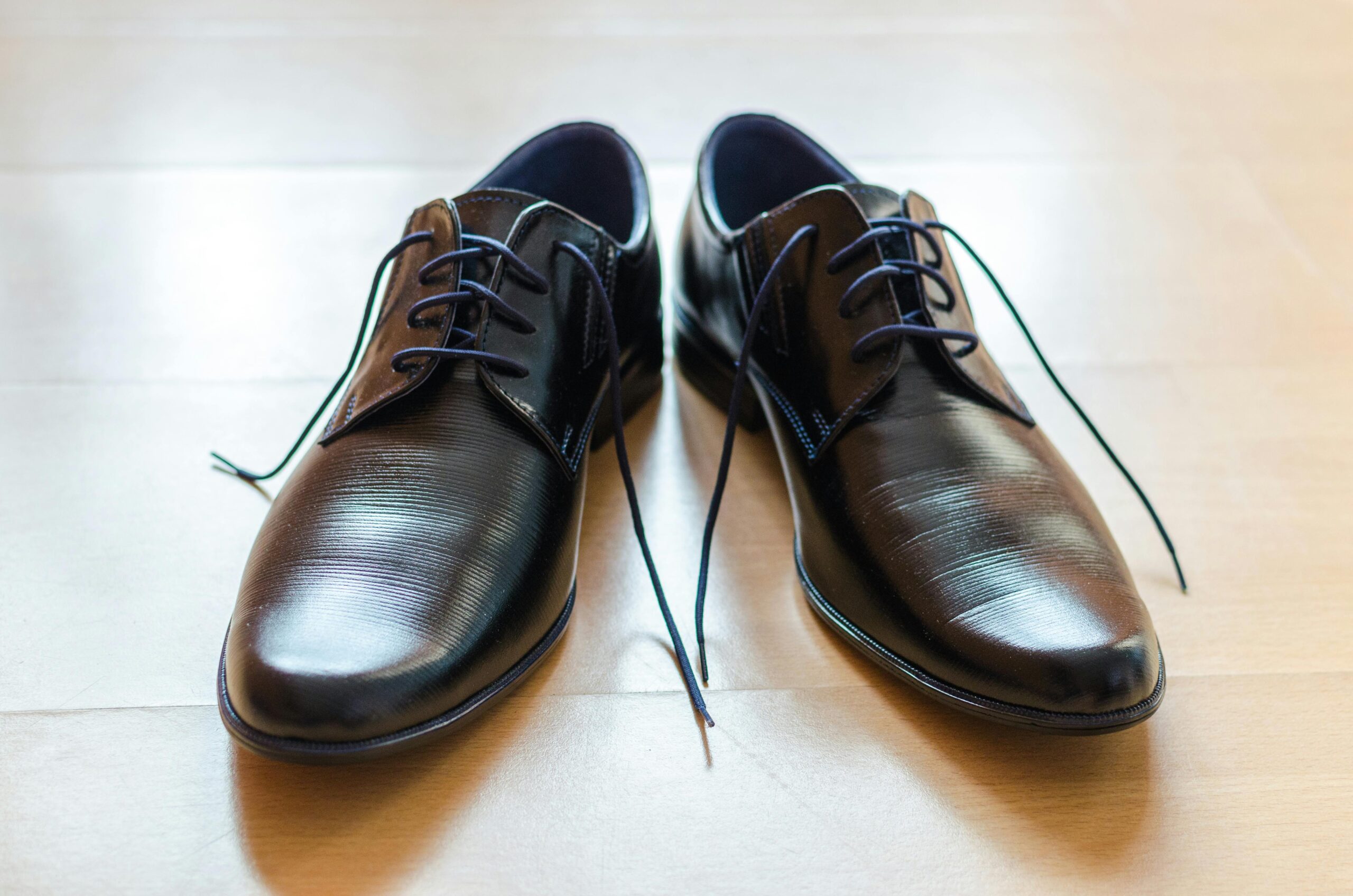Your work boots hold great importance among all the investments you can make. They give your feet the required comfort and support for extended work hours while shielding them from impact and slips. Saying goodbye to a beloved pair of boots can be difficult therefore you might be researching leather boot restoration. Try using extra conditioners, waterproof sprays, and careful maintenance to extend their lives at the first indication of wear and tear. Even the most durable work boots, though, eventually wear out. Below, you can see signs you need to buy new boots:
Reduced support and cushioning in your boot
Your work boots should offer support and cushioning to lessen foot and leg fatigue. The cushioning may degrade over time, resulting in less protection and comfort. There is a safety component to padding in addition to its comfort value. Padding higher up in the boot protects against impacts and stabilizes the ankle, reducing the risk of twist injuries in the event of a trip or slip. This is especially useful while walking on uneven or unstable ground. To buy ladies work boots, choose the shop that offers durable boots.
Worn down traction
Just put it down to incompetence or the slippery conditions. But you most likely need more traction if you suddenly slip and slide in your work boots. Look under your boots to see whether there are any worn-down ribbed or spiky areas. If so, you should upgrade for security protection.
If adding traction reinforcements is impossible, you must get new work boots. And keep in mind that traction is required in a variety of working situations. With both industrial flooring and surface, it might be dangerous without rife. If you notice this sign in your boots, research and find a shop that offers all types ladies work boots.
Damaged upper
Your foot and ankle are protected in the upper portion of your work boots. The support and protection offered by the boot may be reduced if the top is ripped, damaged, or has holes. Using the boot would be dangerous if any lacing hardware was broken or missing, making it unable to secure the lacing.
When they become worn out, the laces themselves should be changed. An excessively worn-out upper can raise the likelihood of accidents and injuries at work. When your boots upper becomes destroyed, it is time to get new ones.
Treads are damaged
It is time to replace the treads on your work boots if they are flat, missing, cracked, or even separated from the upper boot. You might slip and tumble since you won’t have as much traction.
Outdated safety features
Work boots are made with safety measures to shield workers from potential workplace dangers. Safety regulations adapt to the industry’s needs. If your old work boots don’t meet safety regulations, it is time to get new ones. Regulations may call for particular safety measures, including electrical hazard prevention or steel toes. It is crucial to confirm that your boots fit the safety standards set by your workplace.
Final thoughts
Thus, the above-mentioned signs show that you need to buy new boots. When it comes to changing boots with these signs you may also need to consider other considerations such as depending on your work environment, occupation, and personal demands.
